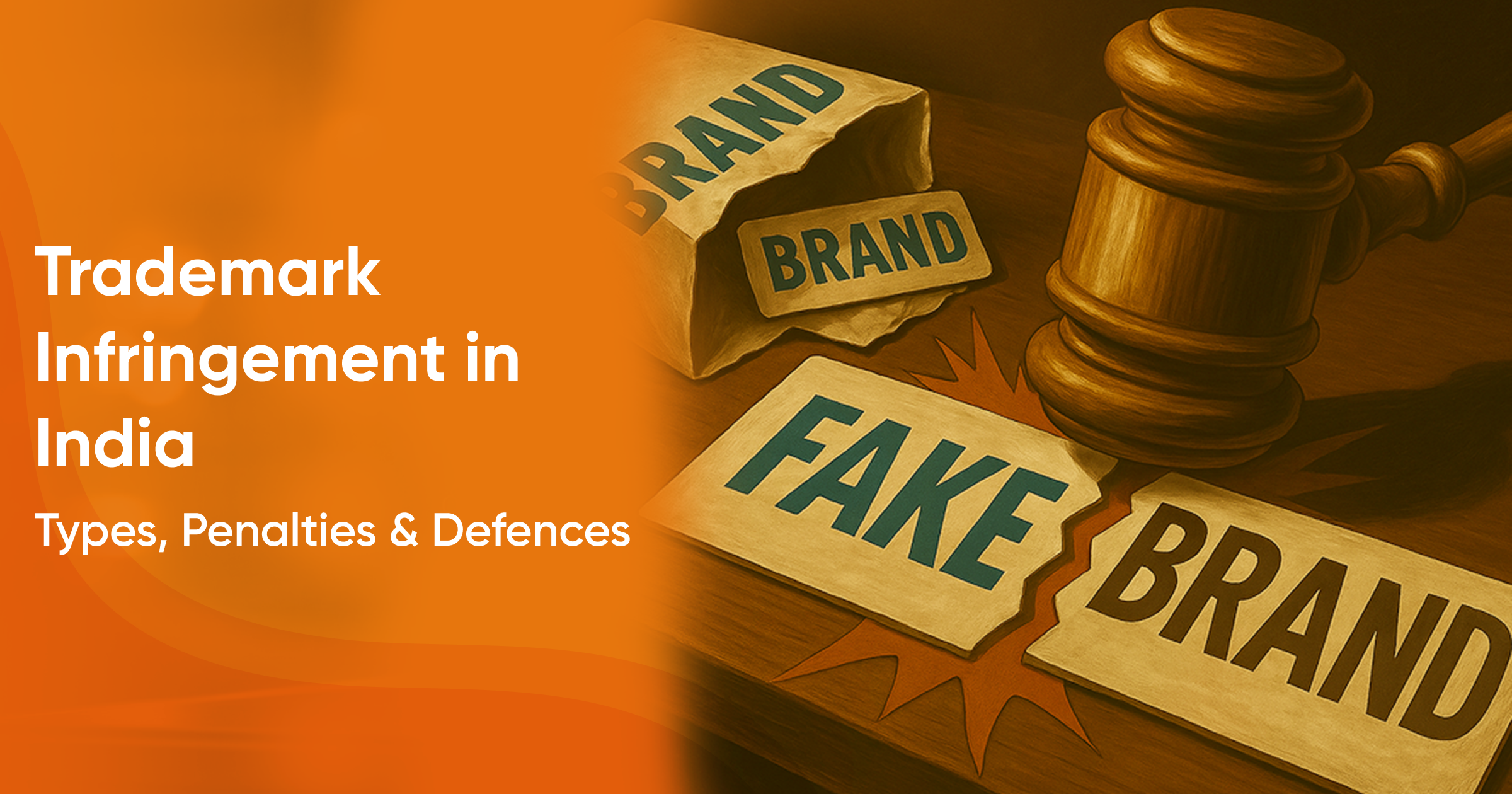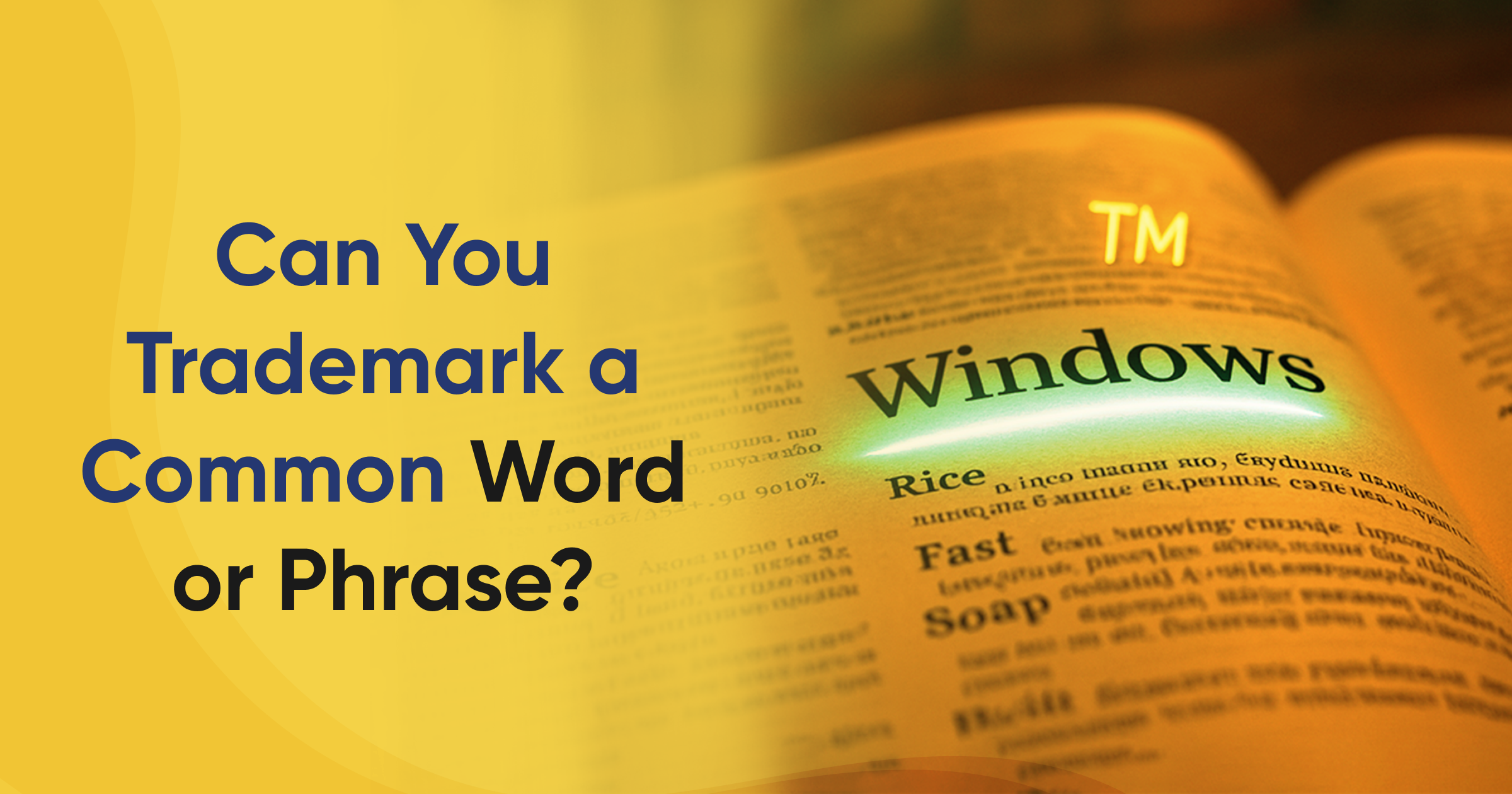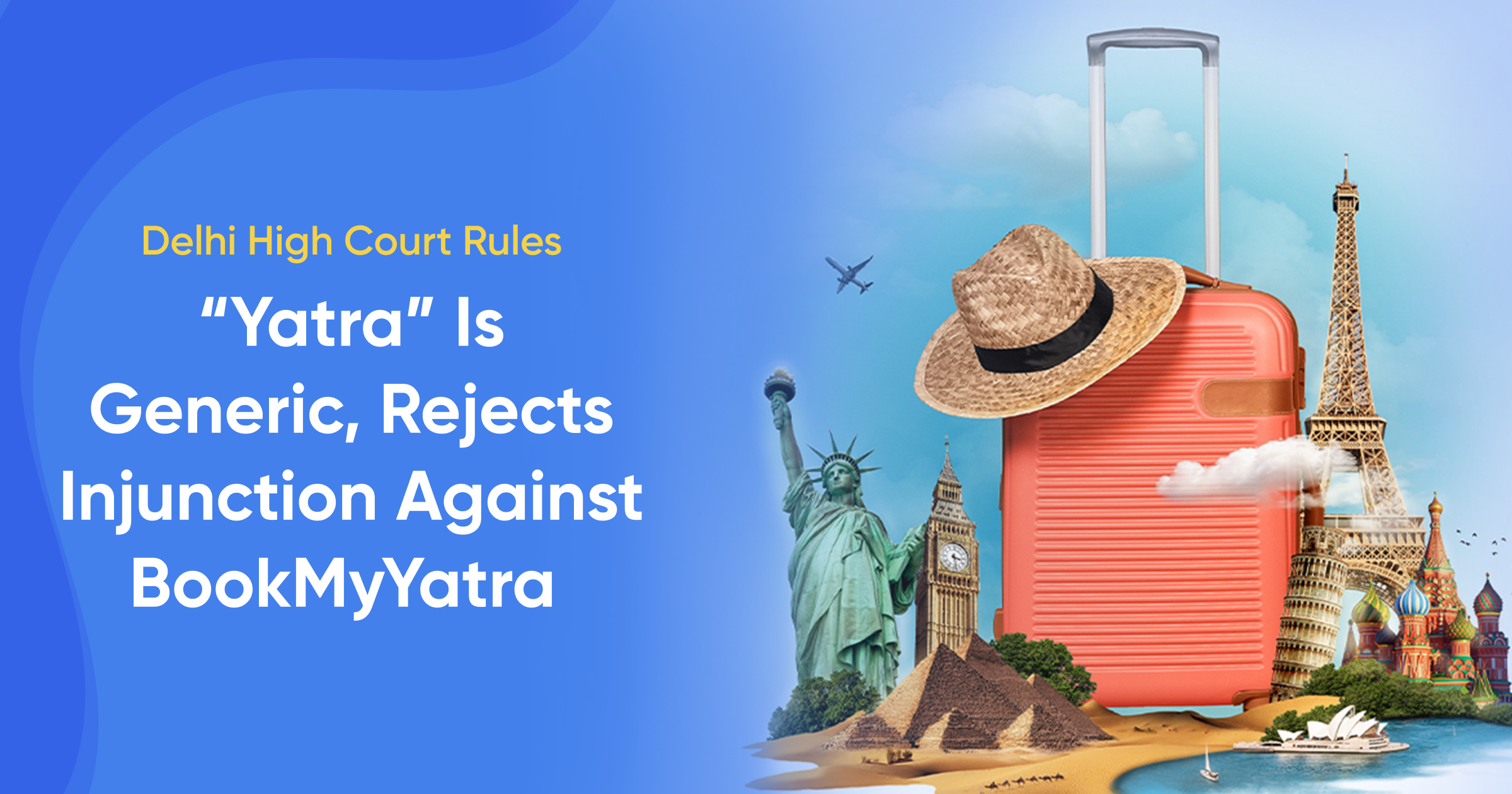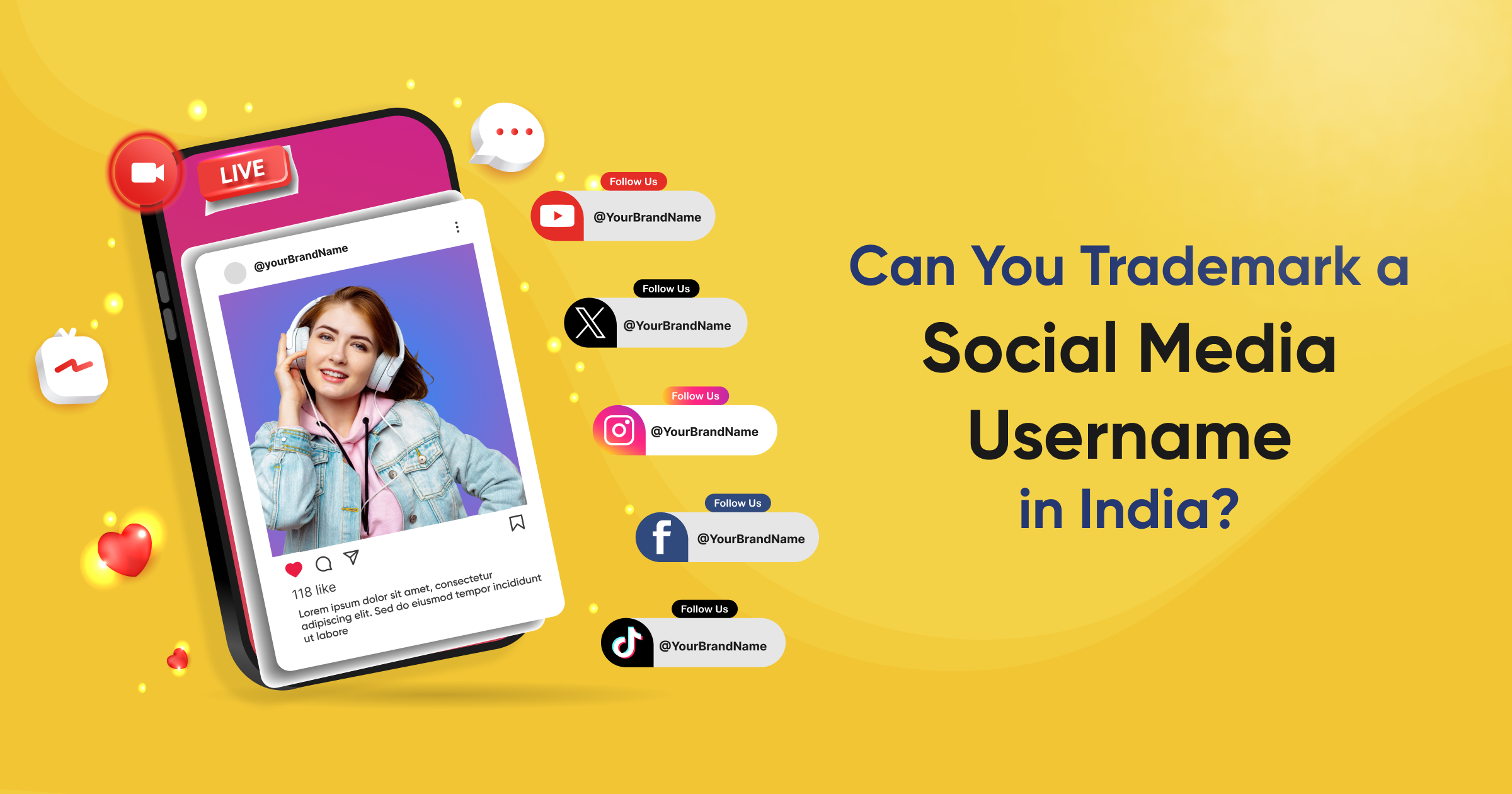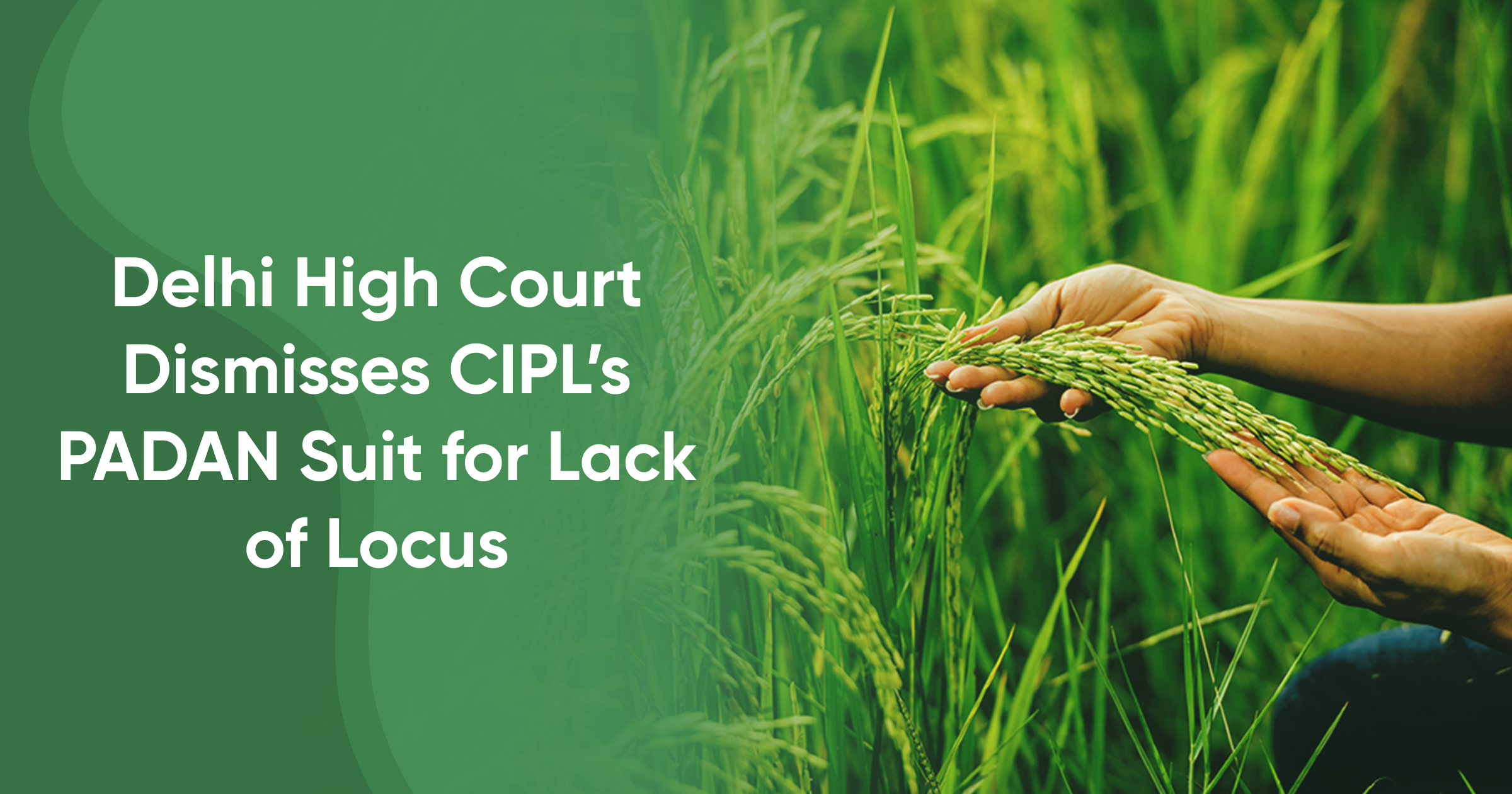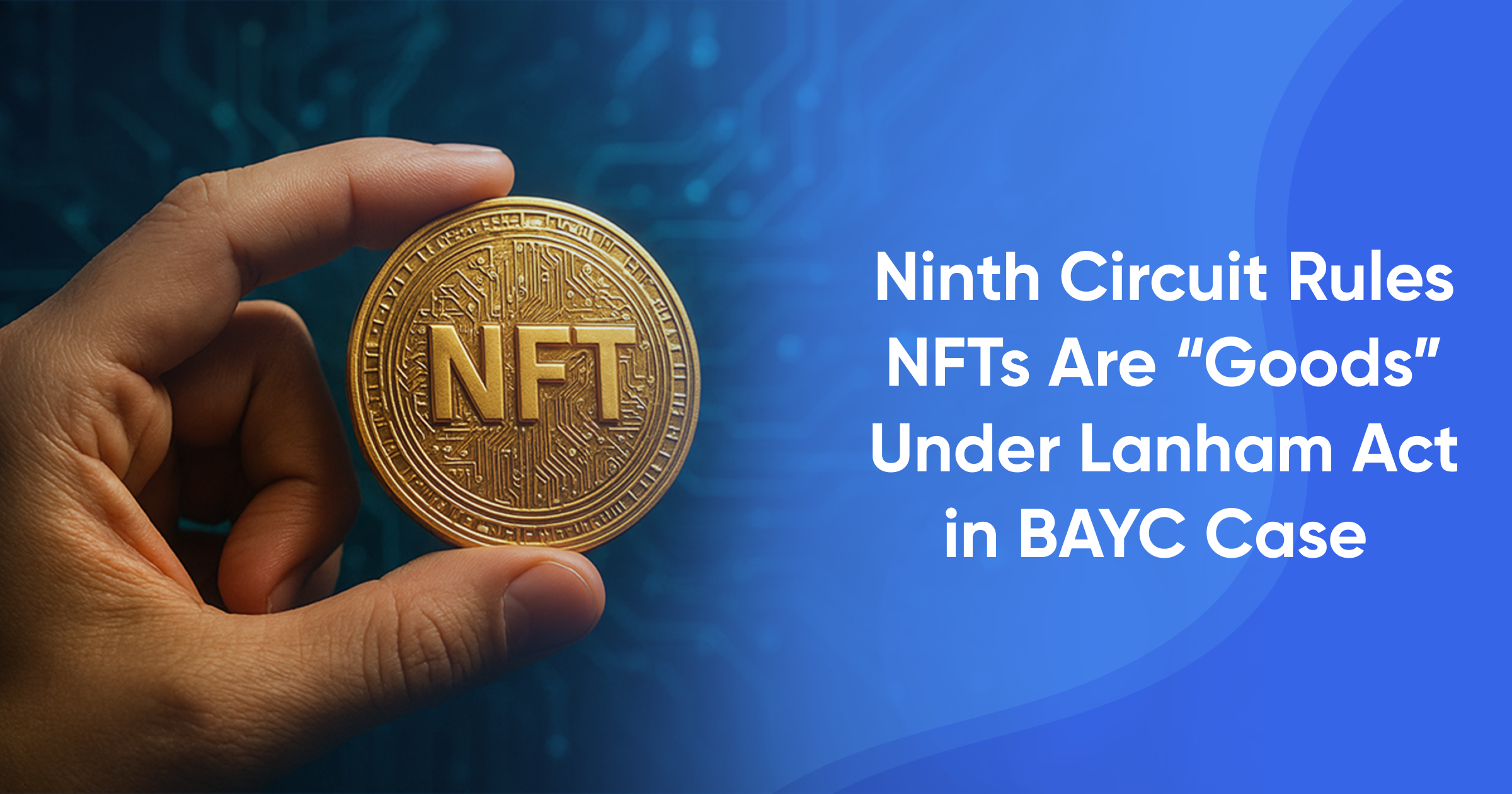When someone uses your brand without asking, it’s not just frustrating - it’s illegal.
They’re not borrowing your idea. They’re stealing it. That name you built from scratch? That logo your team worked nights to perfect? That tagline your customers now trust? It’s your identity. Your brand. Your power in the market. That identity isn’t just emotional - it’s legal.
Welcome to the world of trademark infringement in India. Here your trademark is your weapon. It protects your voice, your reputation, your edge. And when someone tries to ride on your success? The law gives you the right to fight back.
What is trademark infringement?
It starts when someone uses your mark - without your OKAY! Maybe it’s your name. Maybe it’s your logo. Maybe it just sounds too close to what you’ve built. Either way, it creates confusion. Customers get misled. Your identity gets blurred. And someone else benefits from your reputation. That’s trademark infringement.
It doesn’t always look obvious. Sometimes, it’s a copy-paste of your entire logo. Sometimes, it’s a phrase that looks harmless - but hits too close. Sometimes, it’s the exact same name, selling a different product in your market.
What counts as a trademark?
- A brand name
- A symbol or logo
- A catchy phrase
- A unique design
- Or any mix of these that helps people identify your business
In legal terms, your trademark is your badge of ownership. And in India, that ownership is protected by the Trade Marks Act, 1999. This law doesn’t just help you register a mark. It gives you power. Power to stop misuse, demand compensation, and even take it to court.
So if someone’s using your identity to sell their own goods, you’re not helpless. You’re protected. And you’re allowed to act. Keep in mind that before choosing a mark, it’s smart to run a trademark search using a reliable trademark checker or on the official tool of the Intellectual Property India Office (IPO) to check for existing or similar marks.
Types of trademark infringement
Trademark infringement doesn’t always shout. Sometimes, it hides in plain sight. Other times, it operates from the shadows. Indian law sees two main types of infringement: Direct and Indirect.
1. Direct infringement
This is the loud one. The one you can spot.
It happens when someone uses your registered trademark, or something confusingly similar, without your permission. They use it on goods or services that fall in the same category as yours. If people could mistake their product for yours, that’s infringement. Even if your mark isn’t registered, you’re not powerless. You can still take action under a legal concept called passing off. But here, you have to prove a few things:
- That your brand has reputation or goodwill
- That the other person is causing misrepresentation
- And that this misrepresentation is hurting you or your brand
It’s harder to prove. But it’s still enforceable.
2. Indirect infringement
This one hides behind the scenes. It’s quieter. But just as serious. It involves people who don’t directly misuse your trademark - but still play a role.
Vicarious infringement: This happens when a person or business has control over the infringer. Example: A company may be liable if its employee misuses someone else’s trademark as part of their job. If they benefit from it - and had the power to stop it but didn’t - they can be held responsible.
Contributory infringement: This happens when someone knowingly helps another person commit infringement. They may not use the mark themselves. But if they encourage, assist, or support the act in any way? They’re in it too.
Think of it like aiding and abetting - but in the world of branding. Whether the act is loud or quiet, front stage or backstage - infringement is still infringement. And the law treats it seriously.
Grounds for infringement: What triggers a legal case?
Not every use of a mark leads to trouble. But some things cross the legal line. Section 29 of the Trade Marks Act, 1999 spells it out. These are the moments when infringement becomes a case - and a court can step in.
Identical mark. Same class.
If someone uses a mark that’s identical to your registered trademark, and uses it on similar goods or services, that’s infringement.
Example: You sell clothing under the brand “ThreadLine.” Someone else sells clothes using the same name. Same mark. Same product class. That’s a clear violation.
Deceptively similar mark
Even if the mark isn’t identical, it could still be deceptively similar. If it confuses customers, makes them think it’s you when it’s not - you have a case. It’s about perception. Would the average buyer mix the two up?
If yes, the law is on your side.
Misuse of a well-known trademark
Some trademarks are so famous, they don’t even need to be in the same category. If someone uses a well-known trademark - like a global brand name - in a completely different industry, just to cash in on its popularity, that’s infringement. It’s not just unfair. It’s unlawful.
Unauthorized use in packaging or advertising
Using a registered mark on labels, wrappers, boxes, or in ads - without consent - is also infringement. Even if the product inside is different. Even if it’s just a logo printed on a banner. If the use is unauthorized, it’s illegal.
Gaining unfair advantage or harming reputation
Sometimes, people use a mark just to ride on its reputation. They get attention, traffic, or sales - without doing the work. Or worse, they damage the trademark’s image by linking it to poor quality or shady products.
That’s not just dirty competition. It’s infringement.
Bottom line? If it misleads, confuses, takes unfair advantage, or harms your reputation, it could be a solid case under Indian trademark law.
What doesn’t qualify as infringement?
Not all use of a registered trademark is illegal. Section 30 of the Act provides exceptions where use is permitted:
Descriptive use: If the mark is used to describe product characteristics like quality, quantity, or origin.
Authorized use: If used by the registered proprietor or a licensed user.
Registration limitations: If the trademark is registered with limitations, and use stays within them.
Necessary adaptation: Using the mark to show that a product is compatible or used with other products.
Lawful concurrent use: When two registered trademarks look similar but were granted with knowledge of each other’s existence. In these situations, using the mark doesn’t violate the other’s rights. The law treats both as valid. Again - it’s all about the details. So, what’s the key? Context. Intent. Purpose.
If the use is honest, necessary, and doesn’t try to deceive or gain unfairly, it may fall under a legal exception. But if there’s confusion, misuse, or bad faith? Then you’re looking at a real case of infringement.
Civil remedies for trademark infringement
If your trademark is infringed, you don’t have to suffer in silence. You can seek civil remedies through court.
Injunctions
An injunction is a court order. It tells the infringer to stop using your trademark. There are two types:
Temporary injunction: Stops the infringer immediately until the case is resolved.
Permanent injunction: Granted after trial. Stops further misuse for good.
Damages
Sometimes, stopping them isn’t enough. You also want to recover what you lost. That’s where damages come in. You can ask the court to compensate you for:
Actual damages: For direct financial loss, like lost sales.
Additional damages: For harm to brand reputation or goodwill.
Account of profits
Court can order the infringer to disclose and surrender profits earned from the unauthorized use. It’s simple, if they made money off your name, you deserve to take it back.
Criminal penalties for trademark infringement
Trademark infringement isn’t just a business issue. It’s a criminal offence in India. If someone misuses your registered trademark, they could end up in court - and behind bars. Under Section 103 of the Trade Marks Act, 1999, here’s what the law says:
Imprisonment
The offender can face at least 6 months in jail. In serious cases, that punishment can go up to 3 years. This isn’t just a warning. It’s real jail time - for stealing your brand’s identity.
Fine
The fine is heavy. The minimum is ₹50,000. And it can go up to ₹2,00,000 depending on the damage done. The goal? To punish the infringer and send a strong message - your brand is not up for grabs.
In short?
Trademark infringement can turn from a business dispute to a criminal record - fast.
Defences against a trademark infringement claim
Now, let’s flip the script. What if someone says you infringed their trademark? Don’t panic. Indian law gives you a chance to defend yourself. If your use is fair, honest, or legally justified - you may not be at fault. Here are the main defences you can use:
Prior use
If you were using the mark before the other person registered it - And you’ve built reputation and goodwill - You can claim your rights under Section 34 of the Act. You were first. And the law respects that.
Non-use by the registered owner
Sometimes, a trademark is registered but not used. If the owner hasn’t used the mark for five continuous years, the registration itself can be challenged. So if someone accuses you - but they’ve abandoned the mark?
You may have a legal way out.
Fair use
This is a powerful defence. If you used the mark in a way that was honest and necessary, it may not count as infringement. There are two types of fair use:
Descriptive fair use
When you use the trademark only to describe your product. Not to copy. Not to deceive. Just to explain.
Example: Saying your soap has an “apple scent” - not referencing the tech giant.
Nominative fair use
When you use a trademark to refer to the actual product or brand - to compare, review, or show compatibility.
Example: “This charger works with Samsung devices.” You’re not stealing the brand. You’re helping the user understand.
Bottom line?
If you didn’t mean to confuse, if you used the mark fairly, or if you used it first - You have a legal defence. Because in trademark law, intent and context matter.
When it got real: Cases that made headlines
Trademark battles aren’t just legal jargon - they’re real stories with real consequences. Let’s look at some notable instances:
Amazon vs. Beverly Hills Polo Club
In a landmark decision in February 2025, the Delhi High Court ordered Amazon Technologies Inc. to pay ₹340 crore in damages for infringing the ‘Beverly Hills Polo Club’ (BHPC) trademark. Amazon’s private label, ‘Symbol,’ was found to have used a logo strikingly similar to BHPC’s, leading to consumer confusion and brand dilution. This case set a precedent for stringent enforcement of trademark rights in India’s e-commerce sector.
Dabur vs. Sabar
Dabur India Ltd. took legal action against ‘Sabar,’ a brand that mimicked Dabur’s packaging and branding elements. The Delhi High Court granted a John Doe order, enabling Dabur to act against unidentified entities infringing on its trademarks. This proactive approach helped Dabur protect its brand integrity and consumer trust.
Amul vs. Amul Kool Café
The Gujarat Cooperative Milk Marketing Federation, owner of ‘Amul,’ filed a lawsuit against a café operating under the name ‘Amul Kool Café.’ The court ruled in favor of Amul, stating that the café’s name could mislead consumers into believing it was associated with the original brand, thereby constituting trademark infringement.
Shield your brand before it’s gone
In India’s fast-moving and crowded market, your brand is everything. It’s not just a name. It’s your story, your reputation, your promise to every customer. A trademark turns that promise into legal protection. But when someone misuses it? That protection only works if you know your rights - and act fast.
Trademark infringement can start small. A copied name. A similar logo. A confusing ad. But if left unchecked, it can grow - and quietly steal your market share. Whether you’re a small business, a startup, or an established brand, defending your trademark is not optional. It’s the key to keeping your identity safe in a world full of imitators.
At Trademarkia, our
experienced trademark attorneys
have helped thousands of brands respond, recover, and win. We handle the paperwork, the deadlines, and the fight - so you can focus on what matters: growing your business. Your brand is worth protecting. Let’s make sure no one else profits from it.
